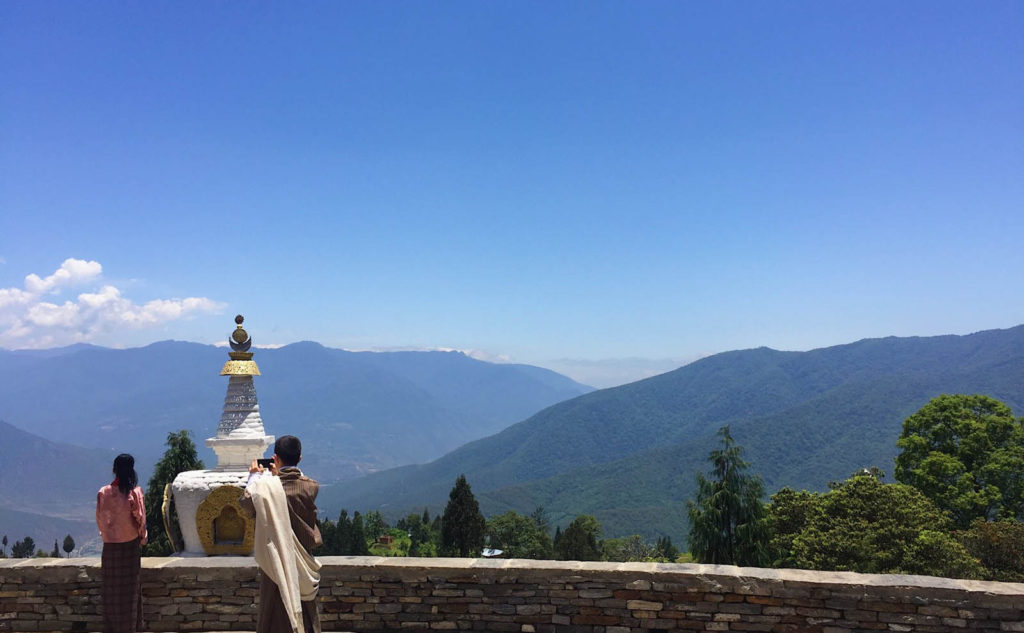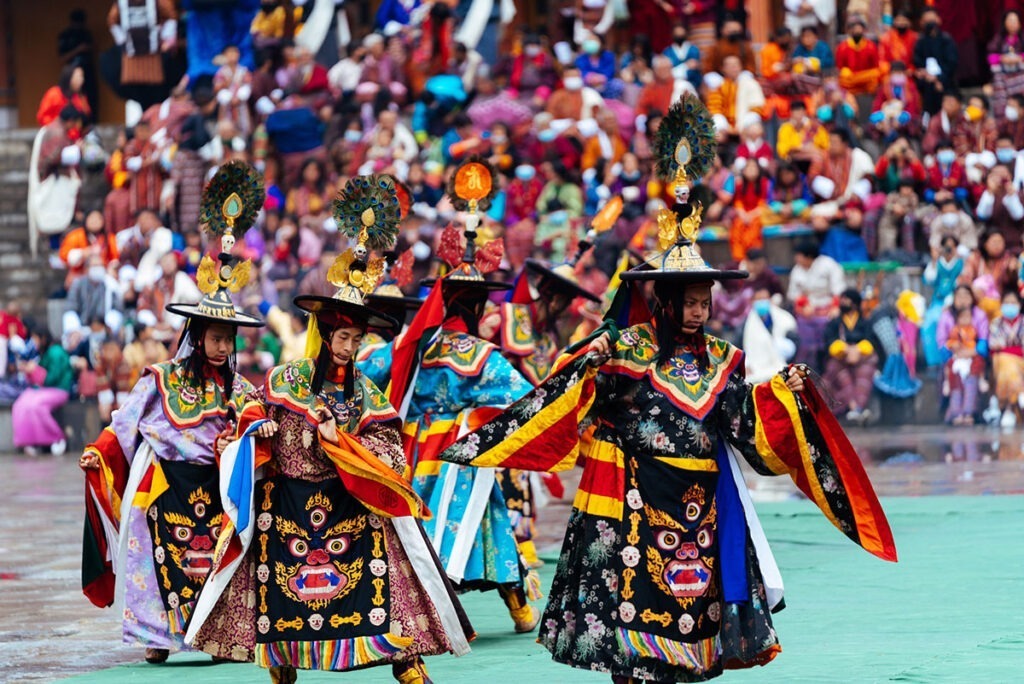Your next GREAT
adventure to Bhutan
starts here
Travel with bhutan's best tour operator
Experience the real Bhutan
THE LAND OF HAPPINESS
We help you plan your perfect trip to Bhutan

Always Bhutan Travel is a bespoke local tour company specialized in, exclusive tailor-made journeys to Bhutan that are perfect for adventure enthusiasts, cultural tours, small group journeys, and family holidays.
Whether you yearn for thrilling treks amidst pristine landscapes, immersive cultural encounters in the Himayas, or unique family bonding experiences, we design your dream Bhutanese escape.
Discover the Last Himalayan Kingdom on Earth with us, where authenticity and unforgettable memories await.

One-of-a-Kind
Exotic Destination

10 Years Offering
Life Changing Adventures

Private &
Small-Group Adventures
Popular tour packages
5/5
March-May and September-November
- The weather is simply best in spring and autumn.
- The view of the Himalayas is excellent in November.
- The rhododendrons bloom in March and April.
3/5
December, January & February
The weather is very sunny and clear, but it can get very cold at night.
4/5
June-August
- Lots of rain and not recommended for hiking and trekking trips.
- The flowers in the mountains bloom in all their glory.
- Ideal for cultural trips and museums














